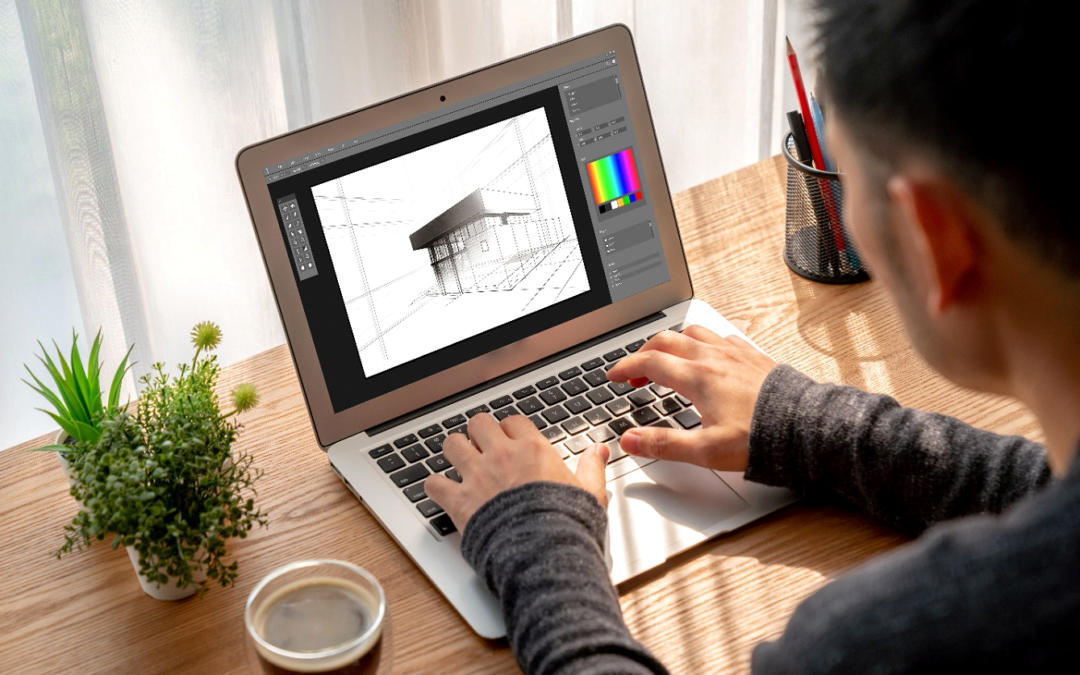When planning a home renovation, whether it’s a simple room makeover or a complete remodel, one of the most important steps is to translate your ideas into a clear visual plan. Drawing your renovation project not only helps you visualize the finished product but also serves as a valuable guide during the renovation process. Whether you’re a seasoned designer or a homeowner tackling your own remodel, learning how to draw your home renovation project can save you time, reduce costly mistakes, and keep the project organized. In this post, we’ll walk you through the best process, steps, and advice for creating accurate, effective renovation drawings that bring your vision to life.
⦁ Start with a Clear Vision
Before you even pick up a pencil, take time to clearly define your goals and ideas. Consider the following:
– Scope of Renovation: Are you renovating a single room, or is this a whole-house project? Clearly define the area you’re working on and the desired outcome.
– Functionality vs. Aesthetics: Think about how the space will be used. Do you need more storage? Better flow between rooms? A brighter atmosphere? Create a list of what you want to achieve functionally and visually.
– Style Preferences: Consider what design style fits best with your home. Is it modern, rustic, or traditional? Look for inspiration through Pinterest, magazines, or other design blogs to help refine your vision.
2. Gather Necessary Tools and Materials
Once you have a solid vision, gather the tools and materials you’ll need to draw the project. At minimum, you’ll need:
– Graph Paper: A traditional tool for drawing accurate scaled plans.
– Ruler and Pencil: Precision is key, so use a ruler for straight lines and a pencil for easy adjustments.
– Measuring Tape: For accurate measurements of the space you are working on.
– Software (Optional): For a more professional approach, you might want to use home design software like SketchUp, AutoCAD, or online tools like Roomstyler or HomeByMe. These tools can help you create 3D models and visual representations of your renovation ideas.
– Color Pencils or Markers: If you want to add detail to your design, colored pencils or markers will help you distinguish different elements, such as walls, furniture, and fixtures.
3. Measure Your Space
Accurate measurements are crucial when drawing your home renovation project. To create a proper scaled drawing, follow these steps:
– Measure Room Dimensions: Measure the length and width of the room or space you plan to renovate. Don’t forget to measure ceiling height if relevant.
– Note Architectural Features: Measure and record the positions of windows, doors, built-ins, columns, and other permanent features. These will affect your design and need to be shown in your drawing.
– Include Utilities: Identify where plumbing, electrical outlets, HVAC vents, and other utilities are located, as they can influence layout choices.
– Scale Your Drawing: If you’re working with graph paper, use a scale where one square represents a specific number of feet (e.g., 1 square = 1 foot). This makes your drawing proportional to the real space.
4. Sketch the Floor Plan
Start with the floor plan of the space, as this will be the foundation for your renovation design.
– Outline the Existing Layout: Begin by drawing the existing walls, doors, and windows. If you’re using graph paper, make sure each element is proportionate.
– Add New Features: As you brainstorm your renovation, sketch out where new walls, openings, or structural changes will be. For example, if you plan to open up a wall between the kitchen and living room, show that change.
– Plan Furniture and Fixtures: Once the basic structure is in place, add furniture or fixtures to scale. This gives you a sense of how the space will function with the new layout. Think about flow, accessibility, and comfort.
5. Add Elevations and Details
Once you’ve completed the floor plan, the next step is to add elevations (views of walls) and details. This step brings your design closer to the final look.
– Wall Elevations: These show the height of the walls and how they interact with the ceiling, doors, and windows. This is especially useful for planning cabinets, built-ins, or wall treatments.
– Fixtures and Fittings: Add details like lighting, plumbing fixtures, and appliances in the appropriate locations. This is critical when it comes to layout and ensuring that everything will fit and function as intended.
– Materials and Finishes: You might want to sketch or note what materials you envision for certain areas. Will the walls have drywall or wainscoting? Are you using tile or hardwood for the flooring? Include these details in your drawings to help you visualize the materials in context.
6. Adjust and Refine Your Drawing
Drawing a home renovation is an iterative process. Once you’ve created your first draft, step back and review the layout, measurements, and features. Ask yourself:
– Does the flow work? Consider how people will move through the space. Are the doorways and pathways functional? Do the furniture arrangements make sense?
– Are all measurements accurate? Double-check that the room dimensions and placements are correct. Minor errors in measurements can result in costly mistakes later.
– Refine the Design: Make adjustments as needed to optimize the layout, improve functionality, or make better use of space.
7. Seek Professional Advice (if needed)
While your drawing is an essential tool, it’s also a good idea to get feedback from professionals if you’re planning a major renovation. A contractor, architect, or designer can help ensure that your design is feasible and up to code, especially when it involves structural changes or complex systems like plumbing and electrical. They may also offer valuable suggestions for improving your layout or using space more effectively.
____________________________________________________________________________________
Drawing a home renovation project is an essential step in turning your renovation dreams into a reality. It allows you to visualize changes, plan for functionality, and ensure that your ideas fit within the space available. By starting with a clear vision, taking accurate measurements, and refining your design with details and elevations, you can create a thorough and professional-looking plan for your project. Remember that your design is a living document that can evolve as you make decisions or encounter new challenges. If you need help, don’t hesitate to consult with professionals to fine-tune your design. With a solid drawing in hand, you’ll have the confidence to move forward and start your renovation with clarity and purpose. Happy renovating!

